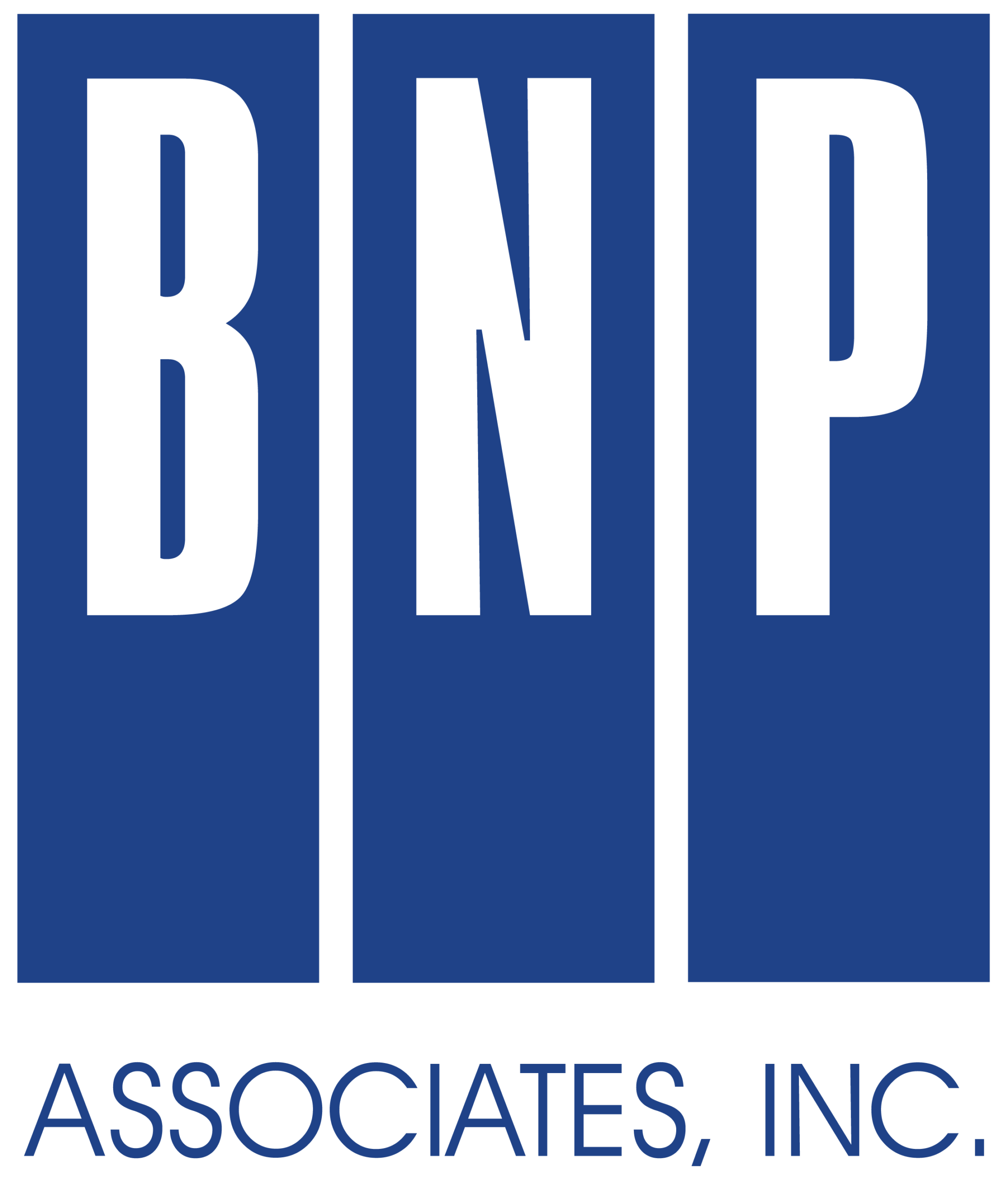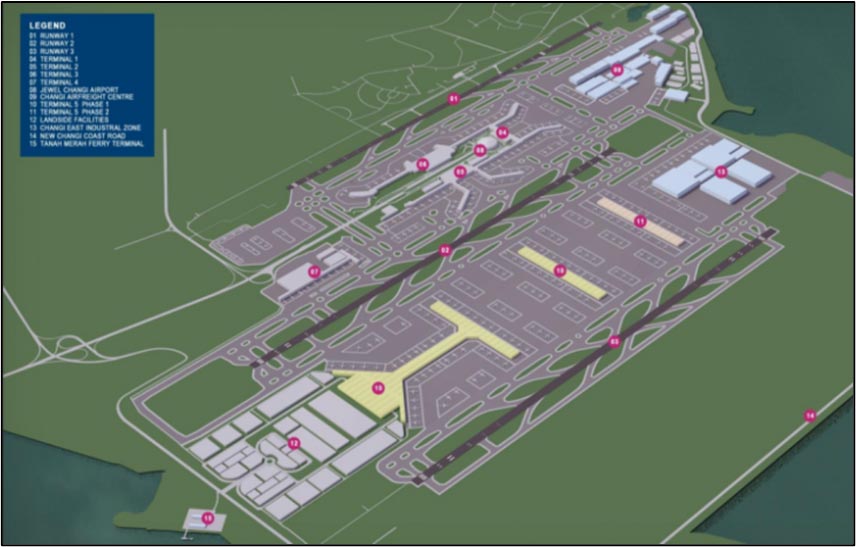Overview
BNP’s Simulation and Analysis Group manages 30 to 40 analysis and simulation projects annually, with most emphasizing either data analysis or forecasting. The team consists of 6 full-time professionals, including industrial engineers, mechanical engineers, and statisticians, collectively bringing over 100 years of experience in bag system simulation and analysis.
Data Handling Capabilities
Since each project varies and clients have proprietary databases, we excel at handling a wide range of complex data formats. Datasets often consist of millions of records, making them unsuitable for analysis using applications like Microsoft Excel alone. BNP develops customized routines to extract and analyze data.
Typical Analytical Services
- Developing arrival passenger and transfer dwell time distributions from BSM, BPM or similar datasets relative to historical flight operations
- Identify patterns based on market and/or region
- Identify multiple distributions based on time-of-day
- Identify patterns specific to air carrier groups/ground handlers
- Quantify historical BPP patterns by flight/air carrier/market
- Develop bag trace files based on historical time stamps
- Perform analysis of historical batching datasets to determine batching sizing, call and release patterns
- Quantify bag delivery times based on equipment time stamps (for example, BHS nodes including but not limited to Checkin Counters, ATRs, Screening Machines, Bag Store Entry and Release, Batching Areas, Tilt-Tray Loops, Merges, Sort Loops, and Lateral Delivery)
- Evaluation of consignment data for cargo and warehousing facilities
- Evaluation of cargo inbound, breakdown, build, and outbound ULD flow
- Data aggregation and integration
- Data transformation, cleaning, and modeling to extract meaningful results
- Forecasting / Predictive Model to project data beyond historical limits
- Developing Customized Data Extraction Routines
- Developing Customized Data Reports
Forecasting and Predictive Tools
We develop customized predictive forecasting tools using analysis data that allows for various factors to be modified such as processing times, growth rates, screening rates, flow patterns, operation rules, etc.





